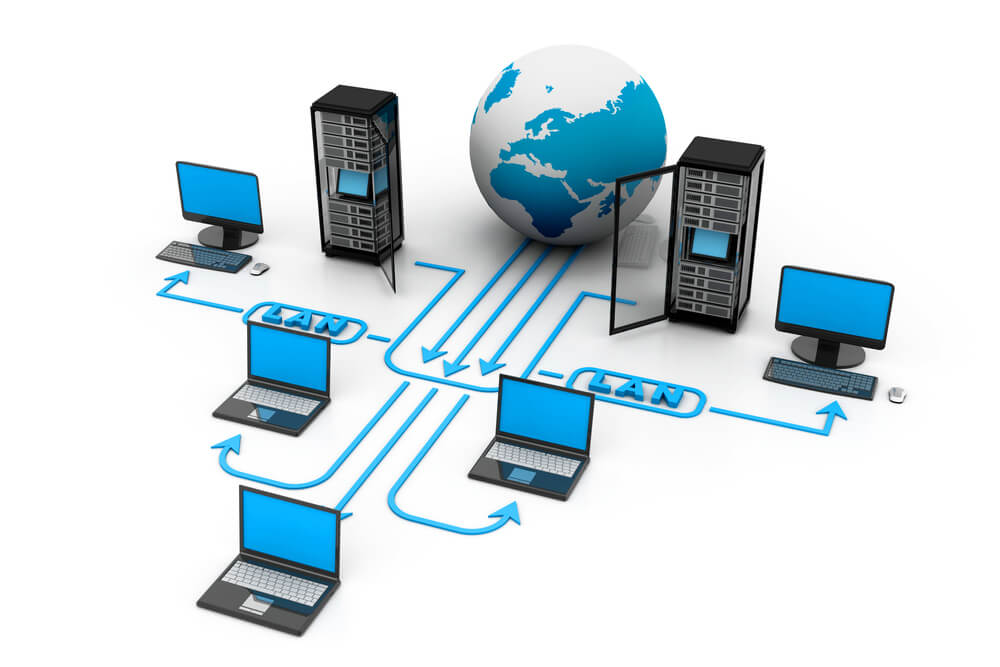NETWORKS
Networks are fundamental components of modern technology that facilitate communication, data sharing, and resource sharing between devices, systems, or individuals. They enable the transfer of information, resources, and services across different locations and can be found in various contexts, such as computer networks, telecommunications networks, social networks, and more. Here are some key aspects to understand about networks:
Types of Networks:
Local Area Network (LAN): A LAN is a network that covers a small geographical area, such as a home, office building, or campus. It connects devices like computers, printers, and servers to facilitate communication and resource sharing.
Wide Area Network (WAN): A WAN spans large geographical areas, often connecting multiple LANs together. The Internet is an example of a WAN, which enables global communication and data exchange.
Metropolitan Area Network (MAN): A MAN covers a larger area than a LAN but smaller than a WAN. It typically connects multiple LANs within a city or metropolitan area.
Wireless Networks: Wireless networks use wireless signals, such as Wi-Fi or cellular networks, to connect devices without the need for physical cables.
Virtual Private Network (VPN): A VPN creates a secure and encrypted connection over a public network, allowing users to access private networks remotely.
Network Components:
Nodes: Nodes are devices connected to a network, such as computers, servers, routers, switches, or smartphones.
Links: Links refer to the physical or logical connections between nodes, enabling data transmission. Examples include Ethernet cables, fiber optics, wireless signals, or satellite connections.
Network Devices: Network devices include routers, switches, hubs, modems, and access points, which help manage network traffic, direct data packets, and provide connectivity.
Network Topologies:
Bus Topology: In a bus topology, all devices are connected to a single communication line, forming a linear structure.
Star Topology: In a star topology, each device is directly connected to a central device, like a switch or hub.
Ring Topology: In a ring topology, devices are connected in a circular loop, with data passing from one device to the next.
Mesh Topology: In a mesh topology, devices are interconnected with multiple links, creating redundant paths for data transmission.
Network Protocols:
Protocols define rules and standards for communication within a network. Common protocols include TCP/IP (Transmission Control Protocol/Internet Protocol) for internet communication, HTTP (Hypertext Transfer Protocol) for web browsing, SMTP (Simple Mail Transfer Protocol) for email, and many more.
Network Security:
Network security encompasses measures to protect networks from unauthorized access, data breaches, and malicious activities. It involves techniques such as firewalls, encryption, authentication, access control, and intrusion detection systems.
Network Applications:
Networks facilitate various applications, such as email, web browsing, file sharing, video streaming, voice over IP (VoIP), online gaming, virtual meetings, and cloud computing. These applications rely on network infrastructure to function.
Understanding networks is crucial in today's interconnected world. Whether it's for personal, business, or global communication, networks play a vital role in enabling seamless connectivity, information exchange, and collaboration across diverse devices and systems.






Comments
Post a Comment